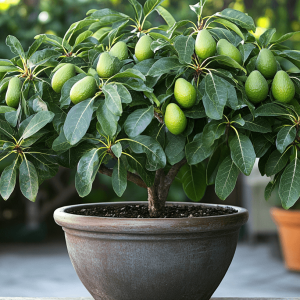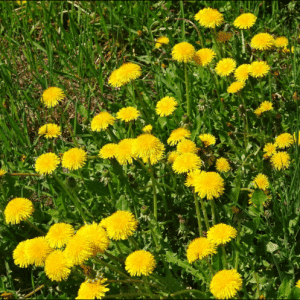
Introduction:
Dealing with ant infestations can be a common household challenge. However, resorting to natural methods not only addresses the issue effectively but also avoids the use of harmful chemicals. This comprehensive guide explores three natural and highly efficient methods to rid your home of ants, promoting a safe and eco-friendly environment.
1. Borax and Sugar Bait: The Ant Eliminator
How Borax Works:
Borax is a mineral that damages ants’ digestive systems and outer skeletons, ultimately leading to their demise.
Creating a Borax Bait:
- Ingredients:
- Mix equal parts borax and sugar.
- Add a small amount of water to create a paste.
- Placement:
- Apply the bait in areas frequented by ants, focusing on entry points and ant trails.
- Caution:
- Keep the bait out of reach of pets and children.
- Monitor and Reapply:
- Monitor the bait and reapply as needed until the ant infestation is under control.
Advantages:
- Highly effective against various ant species.
- Targets the entire ant colony.
2. Cinnamon Barrier: Natural Ant Repellent
How Cinnamon Acts as a Repellent:
Cinnamon disrupts ants’ scent trails, making it challenging for them to navigate and locate food sources.
Applying a Cinnamon Barrier:
- Ground Cinnamon:
- Sprinkle ground cinnamon along ant trails and entry points.
- Cinnamon Essential Oil:
- Mix a few drops of cinnamon essential oil with water and spray in ant-prone areas.
- Repeat as Needed:
- Reapply cinnamon as needed, especially after rain or cleaning.
Advantages:
- Acts as a natural deterrent without harming ants.
- Leaves a pleasant scent.
3. Lemon and Vinegar Spray: The Citrus Ant Repellant
How Lemon and Vinegar Work:
The acidity of lemon disrupts ant trails, and vinegar destroys the pheromone trails, preventing ants from communicating.
Creating a Lemon and Vinegar Spray:
- Ingredients:
- Mix equal parts lemon juice and white vinegar.
- Add the mixture to a spray bottle.
- Application:
- Spray the solution on ant trails, entry points, and nests.
- Regular Use:
- Use the spray regularly, especially after cleaning or when ants reappear.
Advantages:
- Provides a dual-action approach to repelling and disrupting ant activity.
- Safe for use in kitchens and other living spaces.
Additional Tips for Effective Ant Control:
- Seal Entry Points:
- Identify and seal cracks, gaps, and openings where ants may enter the house.
- Maintain Cleanliness:
- Regularly clean surfaces, especially in areas where food is prepared and consumed.
- Remove Food Sources:
- Store food in airtight containers and clean up crumbs promptly.
- Pet Food Management:
- Elevate pet food dishes and clean up spills to avoid attracting ants.
- Regular Inspections:
- Conduct routine inspections to catch ant infestations early.
Conclusion:
Natural ant control methods provide a safe and effective way to deal with ant infestations without resorting to harmful chemicals. By incorporating these methods into your pest management routine, you can create a pest-free environment that is both healthy and eco-friendly.






